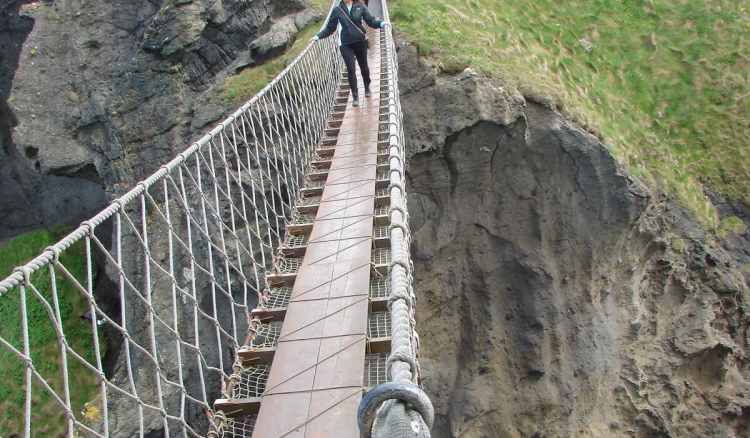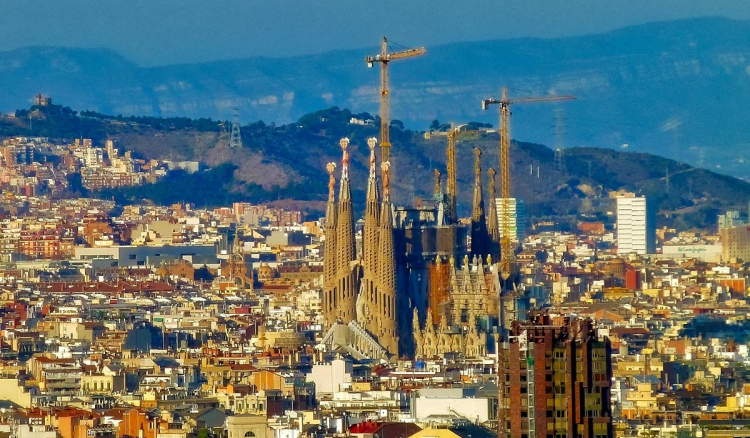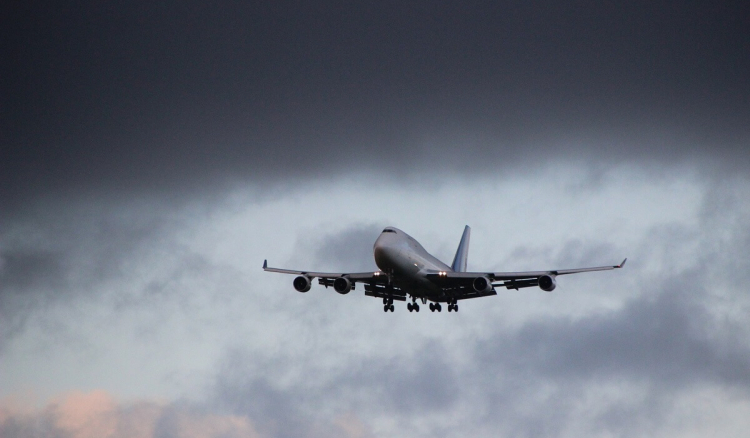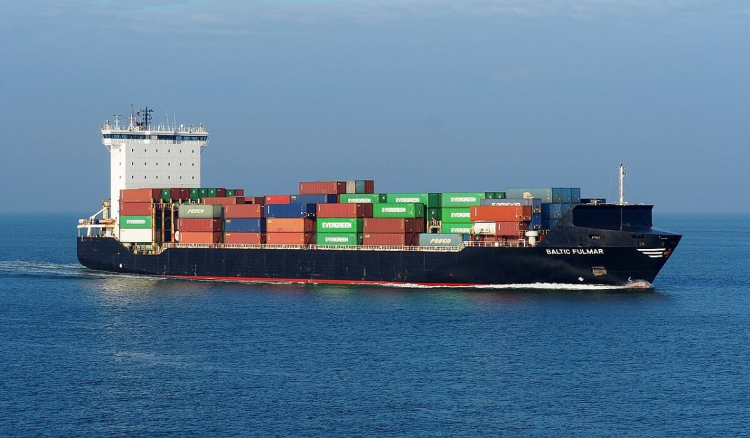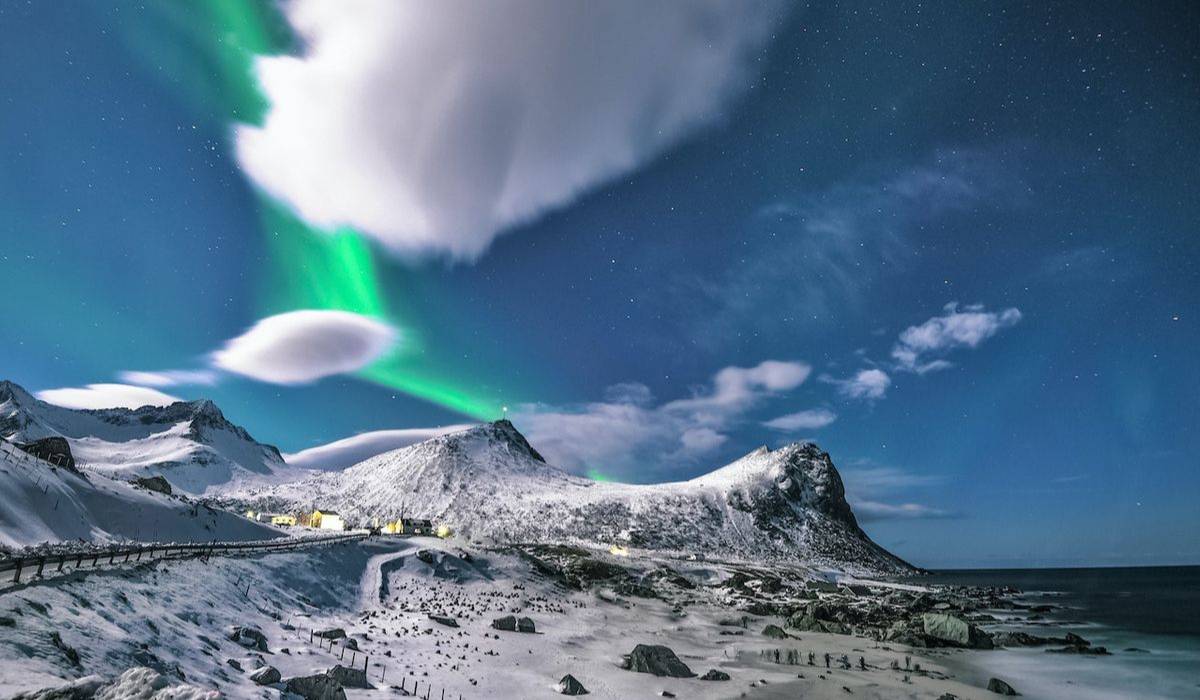
Over the past week, the internet has been flooded with mesmerizing images of the Northern Lights, especially vibrant in northern regions. We've highlighted the most impressive photos shared on Instagram. Special attention was given to Finland, particularly the Lapland region.
While the Aurora Borealis can be observed in various parts of the globe near the Arctic and Antarctic high latitudes, the top spots recognized for this are Norway, Finland, Sweden, Iceland, Greenland, Canada, the USA, and Scotland.
Regarding Finland, the most active period for the Northern Lights spans from September to March.
The gem of this country is Northern Lapland, where the lights can be witnessed nearly every other cloudless night. Meanwhile, in southern Finland, this natural spectacle graces the skies just 10-20 nights a year.
Photos
Northern Lights
The Northern Lights, also known as Aurora Borealis, is a majestic natural phenomenon observable in Earth's polar regions. This luminous display in the sky, typically with a greenish hue but occasionally blue, purple, or red, is produced by the collision of charged particles from the sun with molecules and atoms in Earth's atmosphere.
The Northern Lights usually occur between 80 to 500 km above sea level. This light phenomenon is caused by charged particles ejected by the Sun into space as solar wind. When this solar wind reaches Earth's magnetosphere, particles accelerate toward the polar regions due to the planet's magnetic fields. When these particles collide with gases in Earth's atmosphere, especially oxygen and nitrogen, they produce this magical glow, which we recognize as the Northern Lights.
The brilliance and diverse colors of the aurora are rooted in science. Different gases and altitudes in the atmosphere produce varied colors. For instance, green is usually generated by oxygen at lower altitudes, whereas red is often linked with oxygen at higher elevations. Purple and blue hues are typically created by nitrogen.
The Northern Lights are primarily visible in high latitudes near the Arctic Circle, in countries such as Norway, Sweden, Finland, Russia, Canada, and the USA (in Alaska). However, during intense solar activity, the lights can even be seen further south, within mid-latitudes.
- UNESCO updates world heritage list: Ukrainian monuments at risk, new sites added
St. Sophia Cathedral and Kyiv Pechersk Lavra declared "at risk"; the Odzala-Kokoua forest, Martinique volcanoes, and Ha Long Bay - Cat Ba Archipelago have been added
- Ukrainian forces have breached the Russian defense line near Bahmut: what is the current situation on the front
Ukrainian armed forces have successfully overcome the Russian defense line in the Bahmut region
- Poland's defense plan: scandal before elections reveals intention to surrender half the country to Russia
Poland's defense plan, which includes a plan to surrender half of the country to Russian occupation in the event of an attack, sparked a scandal on the eve of parliamentary elections




